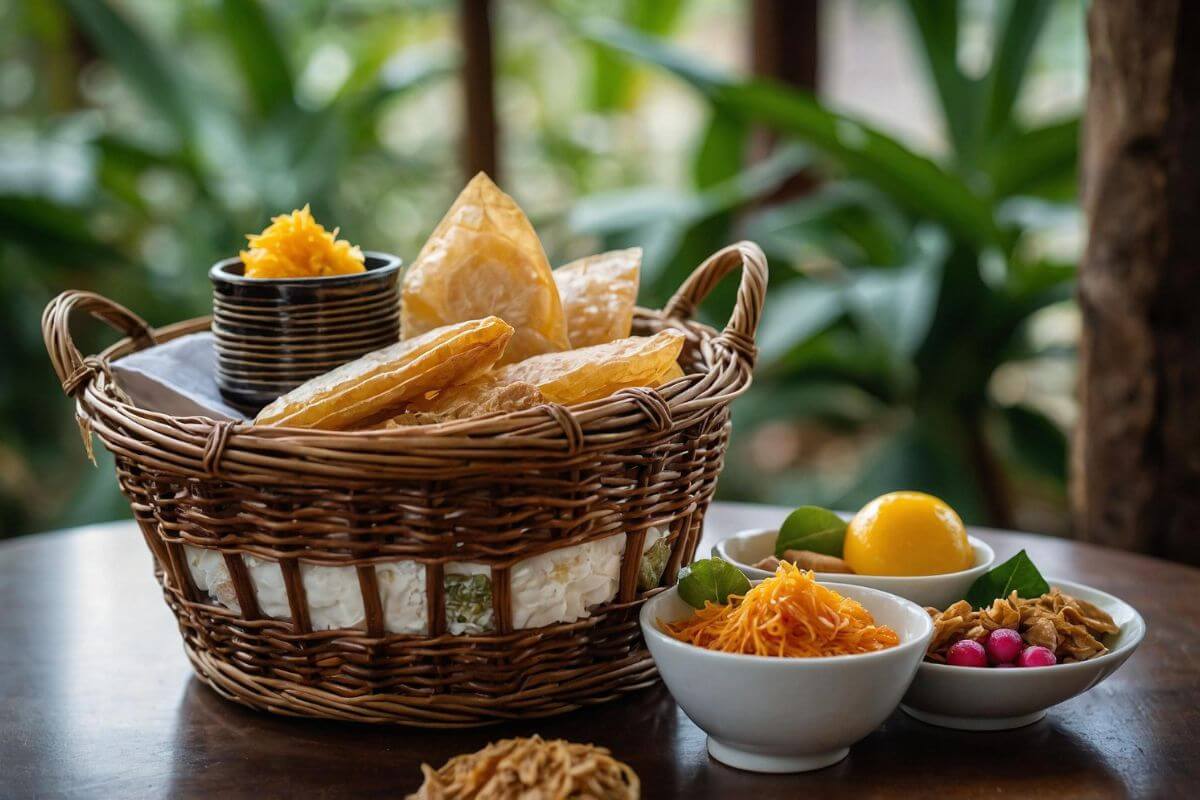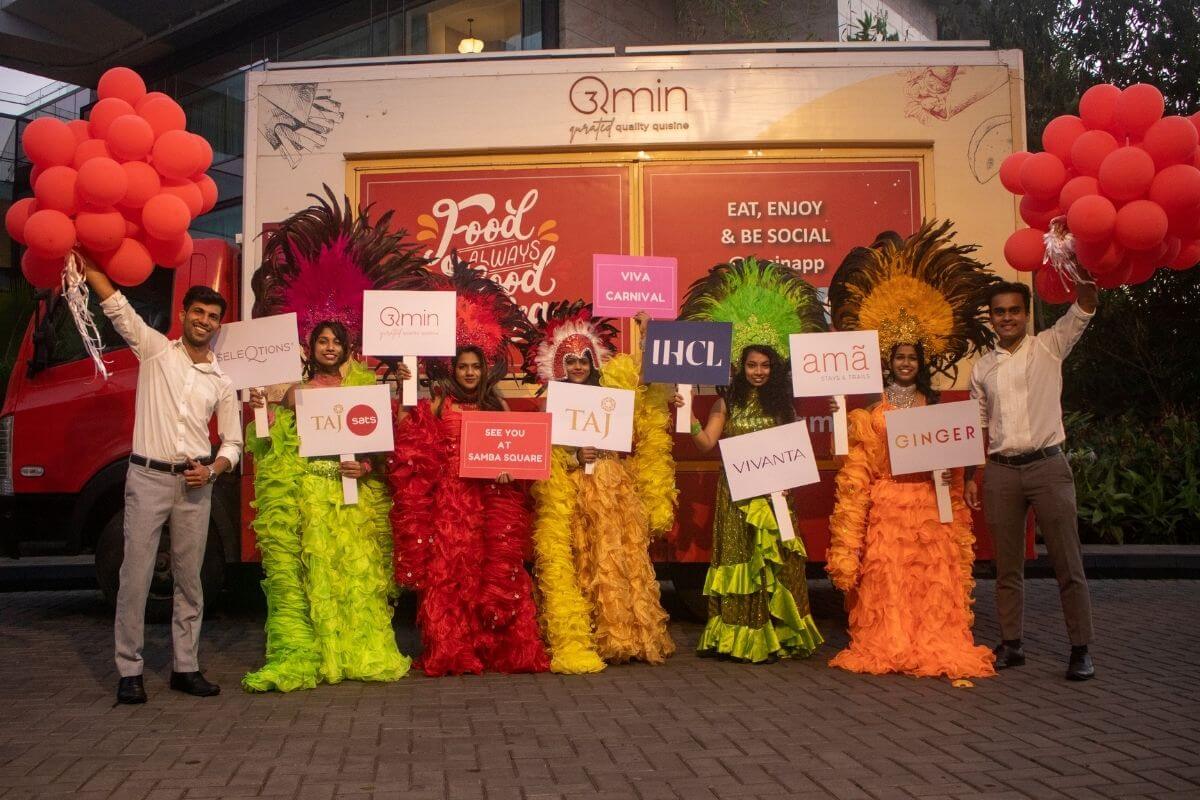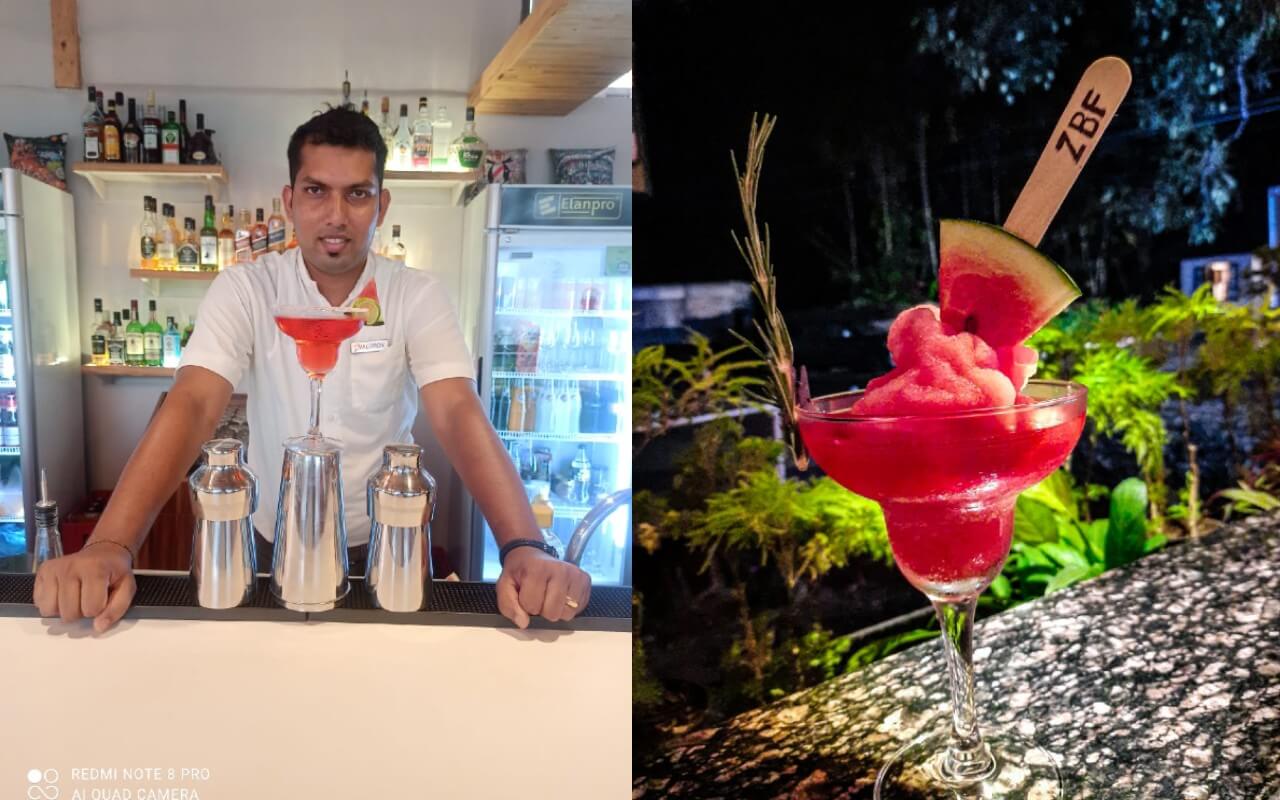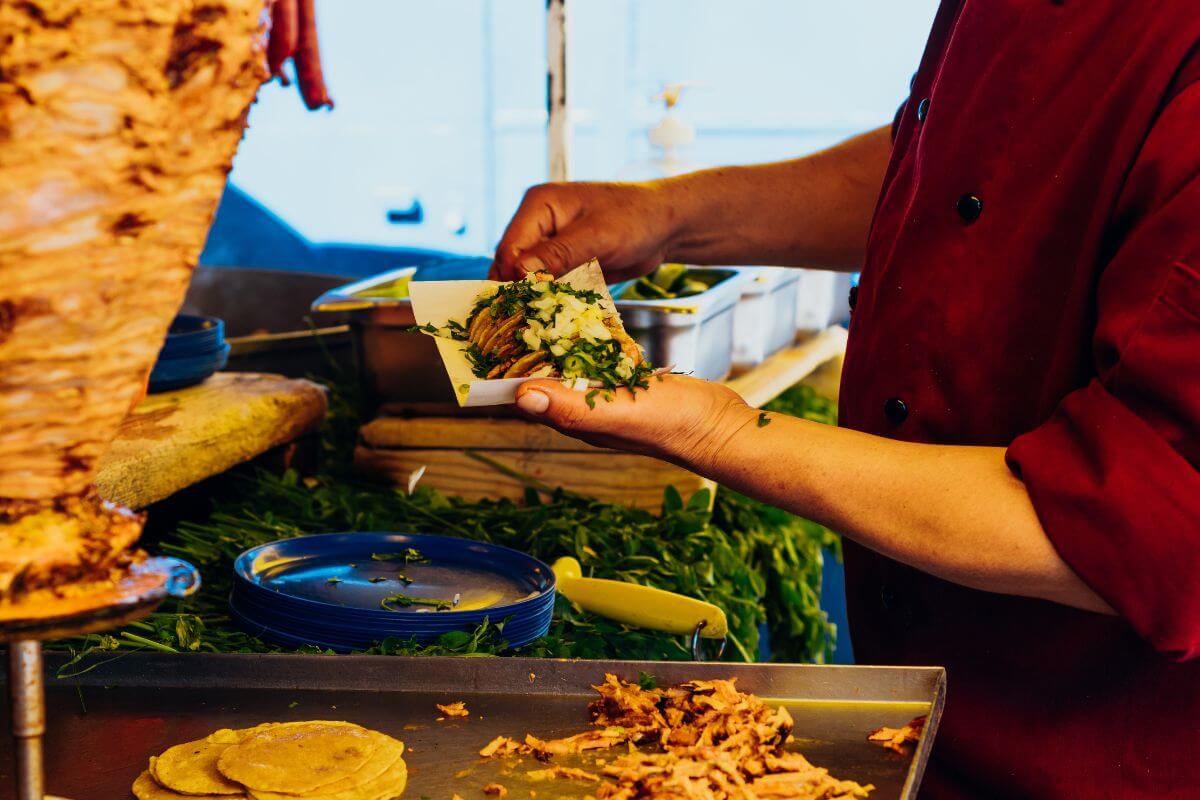The culinary landscape of Goa, traditionally shaped by Portuguese influences and local Konkani traditions, has experienced a fascinating transformation with the introduction of North Indian snacks. This development, a product of migration and cultural exchange, has seamlessly woven the vibrant flavors of North India into Goa’s gastronomic tapestry, reflecting the region’s dynamic and evolving tastes.
The story begins in the post-independence era when Goa started attracting people from across India due to its burgeoning tourism industry and economic opportunities. Among these migrants were North Indians who brought with them not just their labor and skills but also their rich culinary heritage. As Goa’s tourism flourished, the demand for diverse food options grew, and North Indian settlers saw an opportunity to introduce their beloved snacks to a new audience.
One of the first North Indian snacks to capture Goan hearts was the samosa. These deep-fried pastry pockets filled with spiced potatoes quickly became a staple in Goan markets and tea stalls. The combination of crispy exterior and flavorful filling resonated with the local palate, making samosas a ubiquitous part of Goan snack culture. Chaat, another North Indian delight, followed closely behind. Varieties such as pani puri, bhel puri, and sev puri brought an explosion of tangy, spicy, and sweet flavors that found instant popularity on Goan streets. The adaptability of chaat to include local ingredients and preferences further entrenched its place in Goan culinary offerings.
Stuffed parathas, traditionally enjoyed as a hearty breakfast in North India, became a common sight in Goan cafes and roadside eateries. Aloo parathas, filled with spiced mashed potatoes, and paneer parathas, stuffed with cottage cheese, offered a comforting, familiar taste to North Indian tourists and a new, exciting option for locals.
Paneer tikka, with its marinated and grilled cottage cheese cubes, found a unique niche in Goan barbecue culture. Served with mint chutney, it bridged the gap between North Indian and Goan flavors, showing how culinary traditions can merge and create something new and delightful.
The integration of these snacks into Goan cuisine wasn’t just about replication, but it involved adaptation and innovation. Local spices and ingredients influenced the preparation of North Indian snacks, giving them a distinctive Goan twist. Seafood variations of traditionally vegetarian dishes became common, reflecting Goa’s rich coastal bounty.
Tourism played a crucial role in this culinary fusion. As Goa emerged as a top holiday destination, the influx of tourists from various parts of India, particularly the north, led to the growth of North Indian eateries. These establishments catered to tourists seeking familiar tastes while also introducing locals to new flavors. The bustling markets of Panjim and Margao, for instance, are a testament to this blend, offering a mix of traditional Goan dishes alongside popular North Indian snacks.
Today, North Indian snacks are deeply embedded in Goan food culture. They are found in modern cafes, food trucks, and upscale restaurants, often with innovative twists that blend the best of both culinary worlds. Food festivals and culinary events in Goa frequently feature North Indian cuisine, highlighting its enduring appeal and significance.
The journey of North Indian snacks to Goa exemplifies how culinary traditions can transcend geographical boundaries, adapting and enriching local food cultures. This blending of flavors not only broadens the gastronomic horizons of a region but also fosters a deeper appreciation for cultural diversity. The presence of North Indian snacks in Goa, therefore, is not just a reflection of migration patterns but a celebration of the dynamic and ever-evolving nature of food. It stands as a delicious reminder of how cultural exchange can lead to a richer, more varied culinary experience, making Goa a true melting pot of traditions and tastes.









